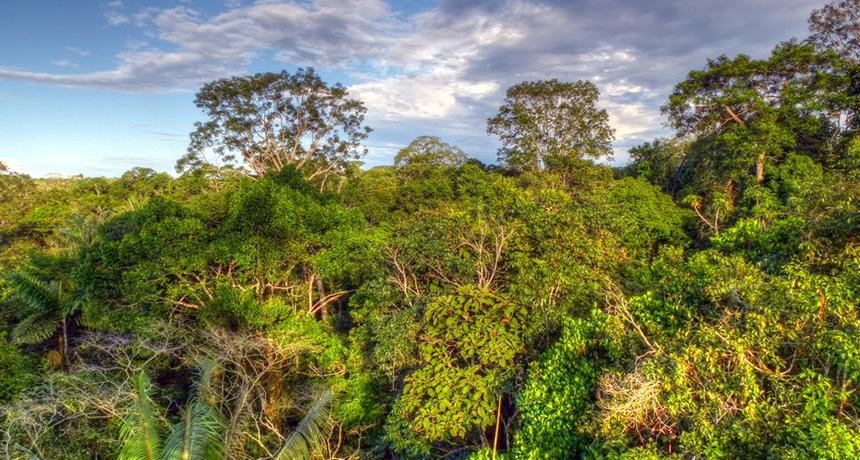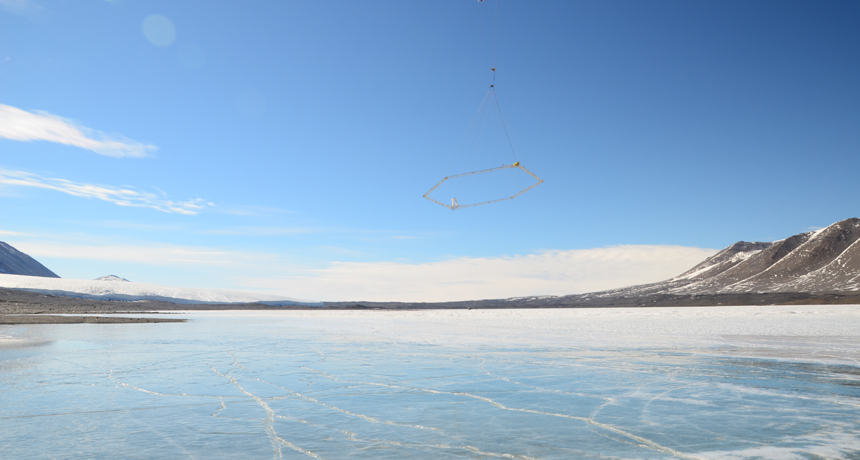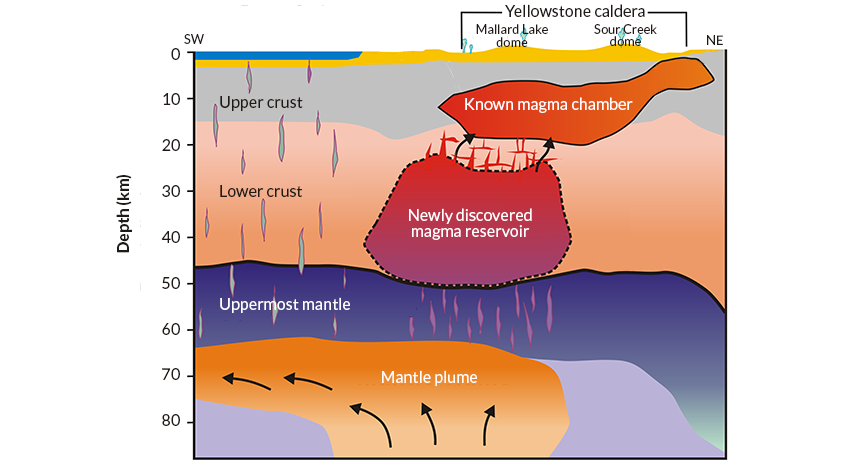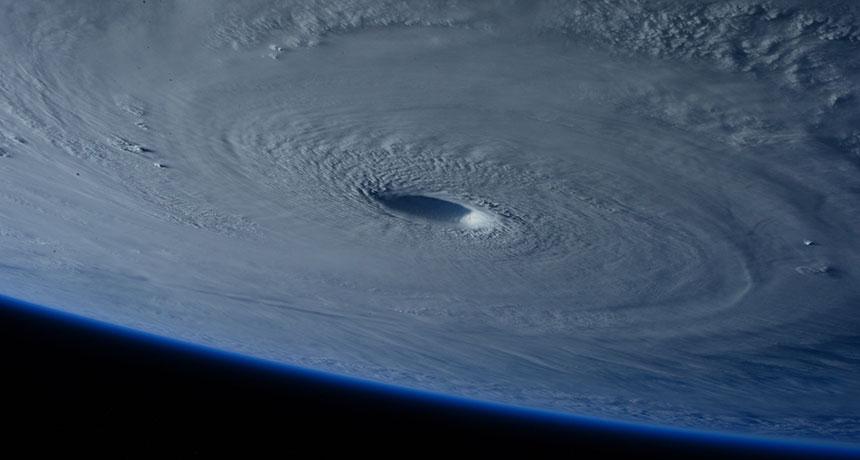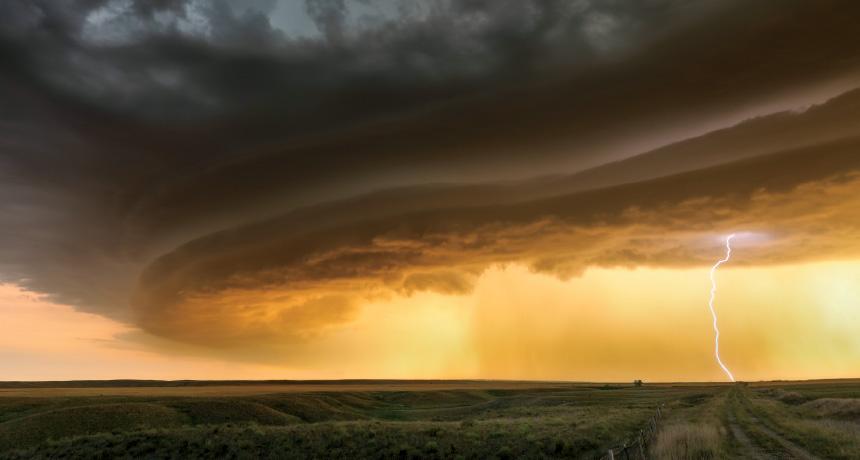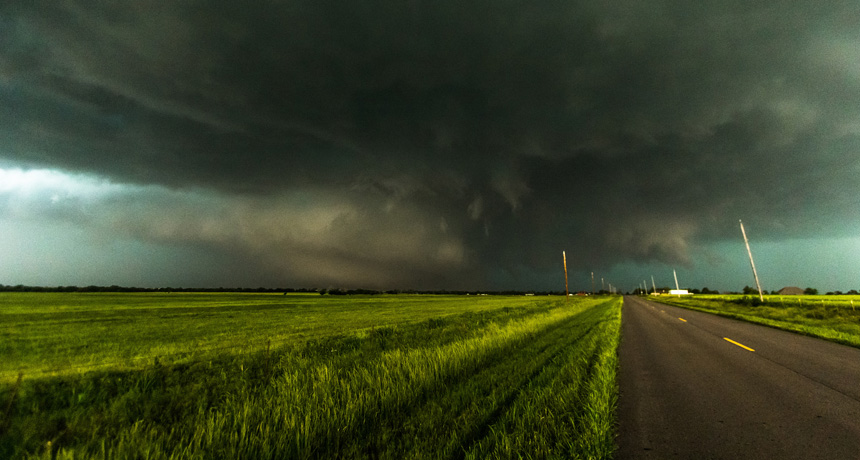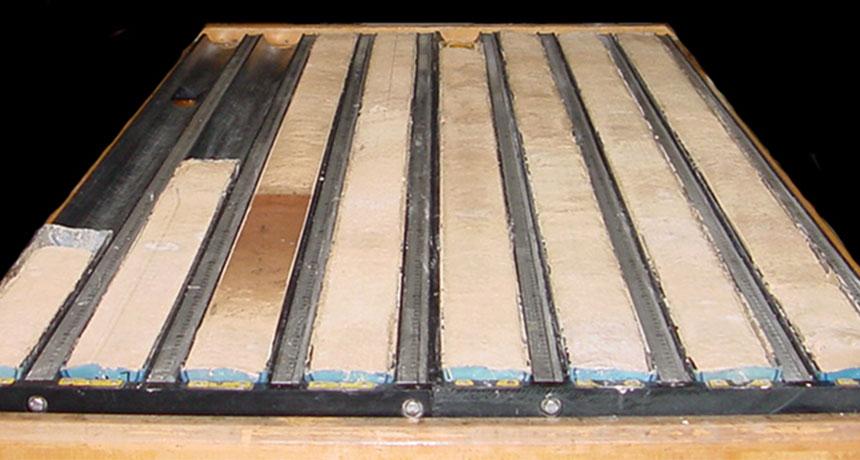
Rate of atmospheric carbon dioxide rise unprecedented
Science News, May 2015Humans are dumping extra carbon into the atmosphere at a rate unprecedented since at least the time the dinosaurs went extinct about 66 million years ago, new research suggests.
Adapted for Science News for Students.

